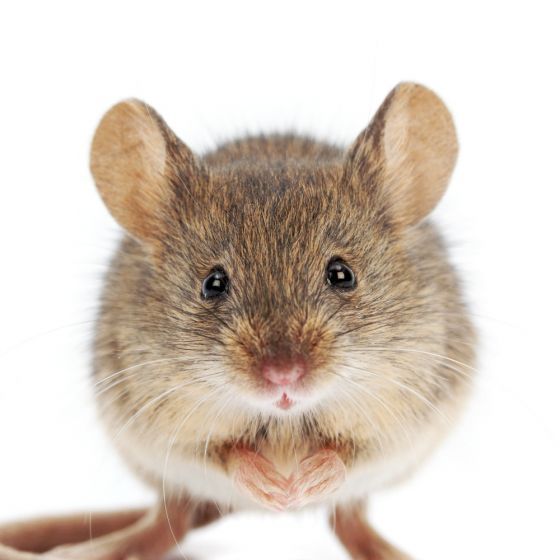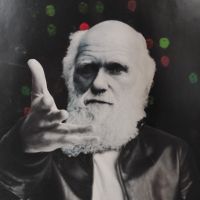
Loopysue
Loopysue
About
- Username
- Loopysue
- Joined
- Visits
- 10,008
- Last Active
- Roles
- Member, ProFantasy
- Points
- 9,874
- Birthday
- June 29, 1966
- Location
- Dorset, England, UK
- Real Name
- Sue Daniel (aka 'Mouse')
- Rank
- Cartographer
- Badges
- 27
-
Map of a real region
-
Installed CC3 on E drive, cant install CD or DD
-
Convert Map Style to Look Drawn
You're right - that's pretty, but way too colourful for the parchment trick to work on this version. If we were to use an RGB Matrix Process (Yes, I got the name twisted back to front last time I mentioned it), the map would be generally a mid grey, which wouldn't work very well either.
However, there is a solution close at hand.
Fortunately for us Mike Schley did a black and white version of this style. I'm not sure if the new settlement symbols he's been doing for the free monthly content will be there, but this should be relatively easy to convert.
Start by creating a new map in the Mike Schley Inks Overland style that is the same size as your current colour map.
Then hide all the sheets you don't need to copy across from the first map (shown below) and use the Copy and Paste tools in the Edit menu to copy everything else across to the new blank Inks map.
Once you have the map in the new template you can use the Change Properties tool to swap the colour polygon fills with their black and white equivalent, and the Symbol Manager to Replace the colour symbols with their black and white versions.
Then try the parchment trick, and you should have a much clearer conversion.
This is a brief description only - don't be afraid to ask how to do something if you get stuck.
-
WIP: D&D 5e Random Dungeon Tiles
-
WIP: D&D 5e Random Dungeon Tiles
I don't create fills in Affinity because you can't make things seamless in that app without some serious hard work. It is much easier to do them in an app that is designed to create seamless fills (also really expensive now that Genetica has become abandonware), or to 'draw' them in Krita, which has a 'wraparound' mode where the image is turned into a seamless plane you can draw things on that join up with themselves at opposite edges. Krita is free, so is by far the most cost effective option of the two
If you want to see examples of what you can do in Krita, look at the fills used in the Ferraris Style, which were 90% hand drawn in Krita (the paper base was generated in Genetica), or check out the grass textures in next month's annual issue, which was also hand drawn in Krita.
Creating textures like this does take a bit of practice, however, so best set aside some time for it.








